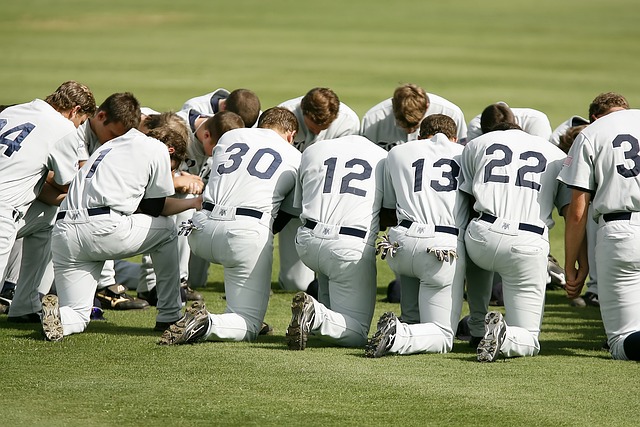

For the Love of the Game
After all these years, collecting baseball cards is still a prominent hobby. It consists of collecting and trading cards featuring baseball players, teams and other related themes. Here is the history of cards and some guidelines to be considered when dealing with collectors and collectibles.
Baseball card collecting dates back to the late 19th century. Tobacco companies inserted cards in their products to increase their sales. Collecting saw substantial growth in the mid-20th century (the Golden Age), especially in the 1950s and 1960s with companies such as Topps, Bowman and Fleer at the top of the market. In the modern era, 1980s and 1990s, card collecting was on the rise again due to new companies in the market that came along with holographic cards and autographs.
Here are the classifications of baseball cards:
Vintage Cards – Cards produced prior to 1980 which are very valuable due to their age and rarity.
Modern Cards – Cards produced after 1980 often featured high-tech printing techniques and special editions.
Rookie Cards – Cards featuring players in their first year in the major leagues, and the most sought-after by collectors.
Autographed Cards – Cards that have been autographed by the players, substantially increases their value.
Relic Cards – Cards accompanied by game-used equipment like jerseys, caps or bats.
Here are some tips on collecting:
Condition – The condition of a card is imperative, with the pristine cards being worth the most. Professional grading services assess cards on factors like edges, corners, centering and surface.
Rarity – Cards that are limited edition and rare, like those from early print runs or special releases are also more valuable.
Player Popularity – Cards for famous players, Hall of Famers in particular, are usually highly prized.
Sets and Series – Finishing sets (a completed collection of cards from a specific release) can be rewarding for collectors.
In the collectors’ world, they attend events like conventions, where they buy, sell and trade cards, as well as networking with other enthusiasts. There are also online marketplaces on platforms like eBay, COMC (Check Out My Cards) and dedicated forums that are prominent for purchasing and trading cards.
Grading companies such as PSA (Professional Sports Authentication) and Beckett Grading Services (BGS) provide professional grading, which can authenticate the cards and raise the card’s value. Investing in baseball cards can be lucrative. High-value cards can appreciate immensely in time, making them an enticing investment. The value of cards can fluctuate based on player performance, current trends in the market and economic conditions.
Proper storage like using plastic sleeves, toploaders and keeping cards in climate controlled environments, helps maintain their condition and value. This is the best way to protect your investment.
Collecting baseball cards can be an entertaining and possibly lucrative hobby. It connects fans with the history and exhilaration of the sport of baseball, the Great American Pastime.
